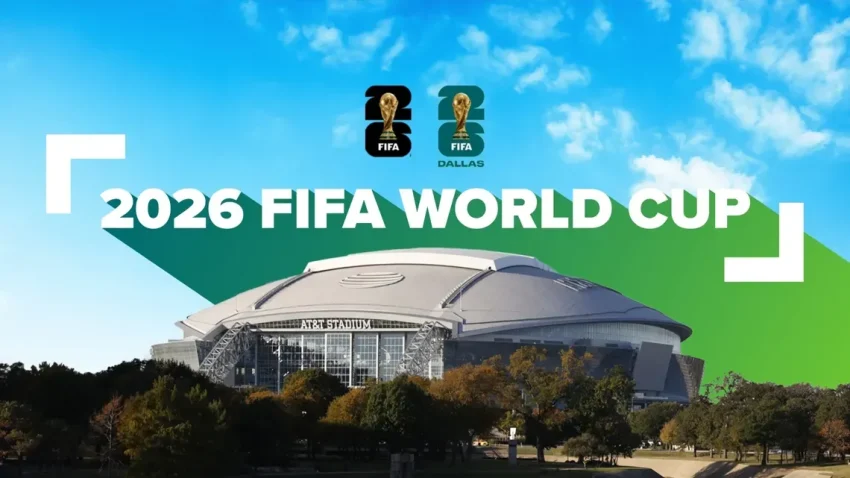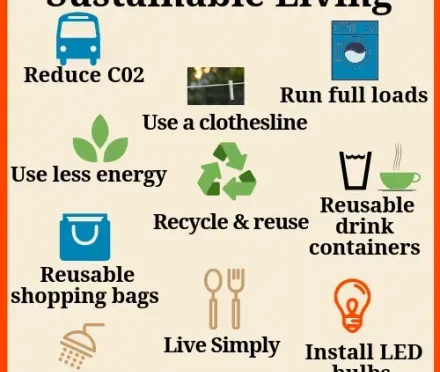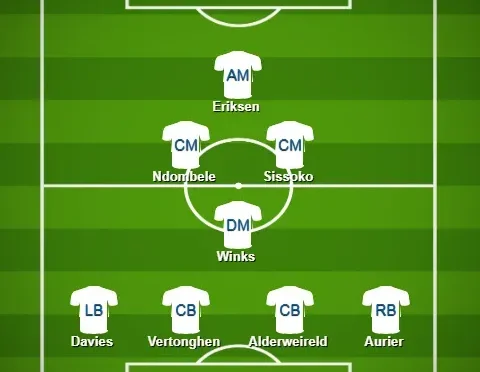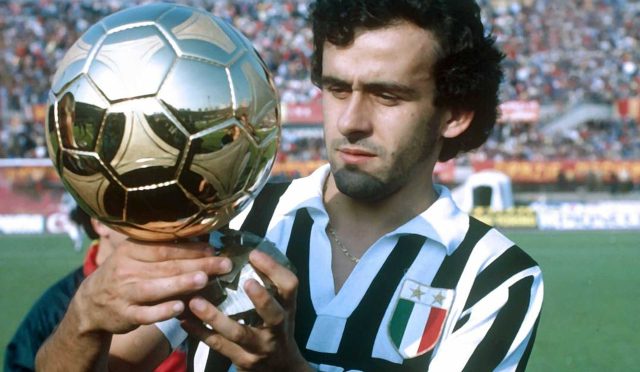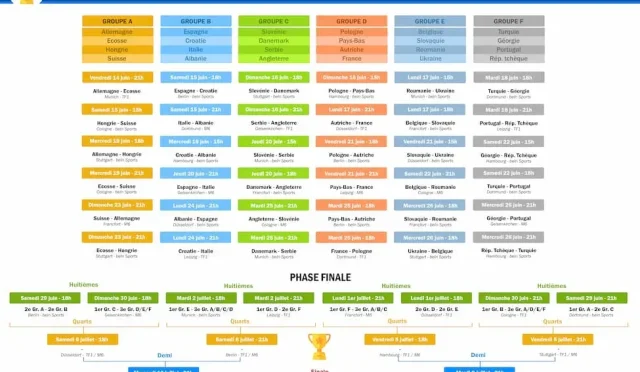The 2026 FIFA Men’s World Cup is set to be a landmark event in global football history, taking place from June 11 to July 19, 2026, across 16 vibrant cities in the United States, Canada, and Mexico. With the enthusiasm surrounding the tournament steadily mounting, fans eagerly anticipate the qualification journey for participating nations, which began with the 2026 World Cup qualifiers. As countries vie for a coveted spot, the stakes are high, and thrilling matches await during the World Cup qualifying draw. As the tournament approaches, the excitement surrounding the Men’s World Cup teams skyrockets, with many fans discussing potential match-ups and underdog stories. With the diverse FIFA World Cup venues offering unique atmospheres, the 2026 World Cup promises to deliver an unforgettable soccer spectacle that captivates supporters worldwide.
As football fans worldwide gear up for the highly anticipated 2026 World Cup, they look forward to an extraordinary month of matches and celebrations. This upcoming tournament, often referred to as the Men’s World Cup, will feature thrilling competition in cities across North America, showcasing national teams from multiple continents. The journey to securing a place in this prestigious event will unfold through intense qualifying rounds, where teams strive to claim their spot on the global stage. With the expanded format allowing for more teams than ever before, the excitement surrounding the World Cup qualifiers will undoubtedly create memorable moments leading up to the event. Expectations are high for an engaging and dynamic atmosphere, making the 2026 edition a must-watch for all football enthusiasts.
2026 FIFA Men’s World Cup Dates and Venues
The 2026 FIFA Men’s World Cup is officially set to take place from June 11 to July 19, 2026. This eagerly anticipated tournament marks a significant milestone as it will be the first World Cup to feature an expanded format with 48 teams. Fans can look forward to thrilling matches held across 16 iconic cities in the United States, Canada, and Mexico. Each city offers a unique cultural experience, adding to the excitement of supporting their national teams while exploring North America’s diverse landscape.
The venues chosen for the 2026 World Cup Games include some of the most renowned stadiums in the region. From the glitz and glamour of Los Angeles’s SoFi Stadium to the historic charm of Toronto’s BMO Field, each location promises to provide an unforgettable atmosphere for fans and players alike. As teams prepare for battle on the pitches of these world-class stadiums, the anticipation grows, not just for the matches but for the celebrations that will ensue in these vibrant host cities.
Understanding the 2026 World Cup Qualifiers
Qualifying for the 2026 FIFA Men’s World Cup is vital, particularly for passionate football nations in Europe. The qualification process will involve a comprehensive structure, with European teams divided into 12 groups of four and five members each. The matches kick off in March 2025, and the top team from each group will secure a direct entry to the finals. In total, 16 European nations will make the cut, with intense competition expected in every group as national pride is on the line.
Play-offs set to occur in March 2026 will determine the final four spots available to European teams. This system enhances the thrilling aspect of qualification, offering teams that finish as runners-up the chance to compete for their place on football’s grand stage. National federations and fans are gearing up for an exhilarating context as they watch their teams strive for success, knowing that every match could be the difference between qualifying and elimination.
The Competitive Landscape of Men’s World Cup Teams
With 48 participating teams in the 2026 FIFA Men’s World Cup, the competitive landscape is more dynamic than ever. Traditional powerhouses like Brazil and Germany will undoubtedly seek to reclaim their glory, while underdog teams will aim to upset the hierarchy. The qualification matches already demonstrate the intense competition, with teams like England securing their spots through dominance in the qualifiers. Yet, others such as Wales and Northern Ireland must navigate the complexities of play-offs, showcasing the unpredictable nature of international football.
International squads are also evolving, with emerging talents adding fresh energy to their teams. Nations are investing in youth development and scouting programs, focusing on harnessing potential to pave their way to success on the world stage. As the tournament draws near, football enthusiasts are excited to see how tactics and team dynamics will play out, contributing to even more exhilarating matchups throughout the tournament.
Breaking Down the World Cup Qualifying Draw
The World Cup qualifying draw plays a crucial role in determining how nations will compete for a spot in the prestigious tournament. This process, set to finalize by March 2025, will separate teams into groups, with careful consideration of rankings and past performance. The layout of these groups will significantly influence the trajectory of a nation’s qualification campaign, where every point becomes paramount.
As countries engage in a meticulous strategy to advance through the groups, the excitement and tension will mount as teams clash in critical matches. This can lead to nail-biting encounters and unexpected outcomes, as seen in earlier World Cup qualifiers where traditionally weaker teams pulled off astonishing upsets. Fans and analysts alike will closely watch the draw results, as they can shape the narrative of the entire qualifying cycle leading to the 2026 World Cup.
Impact of UEFA Nations League on Qualification
The UEFA Nations League has significantly altered the traditional landscape of World Cup qualification. This tournament not only offers teams another route to compete but can also impact their seeding in the World Cup qualifying process. Teams that perform well in the Nations League gain valuable ranking points, which can help bolster their position in the qualifying draw and improve their chances of securing one of the coveted spots in the 2026 FIFA Men’s World Cup.
For nations like Wales and Northern Ireland, their performances in the Nations League could be a deciding factor if they struggle in their traditional qualifying groups. With play-off spots granted to the highest-ranked teams from the Nations League who do not qualify directly, it adds an interesting layer of strategy to their campaign. Fans are eager to see how this affects the dynamics of the qualifiers and which nations might capitalize on these new opportunities to punch their tickets to the World Cup.
Preparations for the 2026 World Cup: Teams on the Move
As the 2026 FIFA Men’s World Cup approaches, preparations are in full swing for teams as they evaluate player performances and strategize for the upcoming qualifiers. Coaches are meticulously planning training sessions, friendlies, and scouting potentials to build the most competitive squads capable of advancing to the World Cup. With many teams currently battling for qualification, the stakes have never been higher.
Players are increasingly aware of the significance that a successful qualification campaign holds not only for their national pride but for their individual careers as well. Showcasing talent on such a grand stage can lead to club offers, sponsorships, and increased visibility. Thus, as qualifying matches unfold, the world will closely watch how these nations rally together in pursuit of their World Cup dreams.
The Role of Fans in the 2026 World Cup Experience
Fans play an invaluable role in the excitement of the World Cup, creating an electric atmosphere that motivates teams to perform at their best. With the new format allowing 48 nations to compete, there will be even more diverse fan representation in stadiums across the United States, Canada, and Mexico. The passion and fervor of fans uplift the players as they take the field, fueling a spirit of camaraderie and national pride.
As teams compete for glory, the experience for fans goes beyond simply attending matches. The cultural exchange, celebrations, and friendly rivalries create a vibrant tapestry of human connection and sportsmanship that embodies the World Cup spirit. The anticipation is palpable as passionate supporters from all corners of the globe prepare to come together for this hallmark event in football history.
Key Milestones Leading Up to the 2026 World Cup
As we draw closer to the 2026 FIFA Men’s World Cup, numerous key milestones will guide the journey, from the qualifying matches to the final tournament. European and other global qualifiers will unfold over the next few years, providing a competitive backdrop as teams vie for a seat at the table. The excitement surrounding the qualification phases is matched only by the build-up to the tournament itself, where fans will witness many historic moments that shape the tournament’s legacy.
Additionally, organizing committees in the host countries are executing plans to ensure seamless logistics, fan experiences, and infrastructural improvements that will enhance the World Cup atmosphere. With significant investments in transportation and accommodation, how the countries manage these key elements will undoubtedly influence the overall success of the event. Excitement mounts as the football world gears up for this monumental celebration of the sport.
The Future of Football Post-2026 World Cup
The 2026 FIFA Men’s World Cup will undoubtedly shape the future of football, influencing how the sport is played and marketed globally. Following the tournament, FIFA will evaluate what worked and what didn’t, paving the way for potential changes in upcoming World Cups. The expanded format allows lesser-known teams to gain invaluable experience on an international stage, which may inspire a new generation of talent.
Moreover, the technical aspects of football, including virtual coaching and performance analytics, gaining popularity in leagues worldwide, will likely see further integration into international play following the 2026 World Cup. As the sport evolves, it is expected that the learnings from this historic tournament will inform strategies, training, and engagement, ensuring that football continues to captivate fans around the world for decades to come.
Frequently Asked Questions
What are the dates for the 2026 FIFA Men’s World Cup?
The 2026 FIFA Men’s World Cup will occur from June 11 to July 19, 2026. This exciting tournament will be hosted across 16 cities in the United States, Canada, and Mexico.
How many teams will qualify for the 2026 World Cup?
A total of 48 teams will compete in the 2026 FIFA Men’s World Cup, with 16 teams from Europe qualifying through various groups and play-offs after the World Cup qualifying draw.
What is the format of the 2026 World Cup qualifiers?
The 2026 World Cup qualifiers will feature 12 groups of four and five teams each. The group winners will qualify directly, while the runners-up will enter play-offs to secure the remaining spots at the tournament.
When will the 2026 World Cup qualifying draw take place?
The 2026 World Cup qualifying draw will be conducted in 2025, setting the stage for the matches in which national teams will compete for their chance to participate in the FIFA Men’s World Cup.
Which venues will host the 2026 FIFA World Cup matches?
The 2026 FIFA Men’s World Cup will be held in 16 cities across North America, including major locations in the United States, Canada, and Mexico, with venues selected for their capacity and facilities.
What teams have qualified for the 2026 World Cup so far?
As of now, England has secured an automatic spot for the 2026 FIFA Men’s World Cup. Other teams like Wales and Northern Ireland are still competing for qualifying through the play-offs.
What are the implications of finishing as a runner-up in the 2026 World Cup qualifiers?
Teams that finish as runners-up in their groups during the 2026 World Cup qualifiers will have a chance to enter play-offs for one of the four additional spots at the Men’s World Cup.
Is there an expanded format for the 2026 FIFA Men’s World Cup?
Yes, the 2026 FIFA Men’s World Cup will feature an expanded format with 48 participating teams, allowing for more nations to compete in this prestigious tournament.
What challenges do teams face in qualifying for the 2026 World Cup?
Teams such as Wales and Northern Ireland face the challenge of securing victories in their last qualifying matches to enhance their chances of earning a spot in the 2026 FIFA Men’s World Cup.
When will the European qualifiers for the 2026 World Cup start?
The European qualifiers for the 2026 FIFA Men’s World Cup will begin in March 2025, with teams aiming to secure their place through competitive group matches.
| Key Points | Details |
|---|---|
| Tournament Dates | June 11 to July 19, 2026 |
| Host Countries | United States, Canada, Mexico |
| Participating Teams | 48 teams total |
| European Qualification | 16 teams from UEFA will qualify, including 12 group winners and 4 play-off spots. |
| Current Qualified Teams | England is qualified; Wales and Northern Ireland are looking to qualify through play-offs. |
| Group Stages and Play-offs | Groups consist of 4 and 5 teams with play-offs in March 2026. |
Summary
The 2026 FIFA Men’s World Cup promises to be an exciting event, taking place from June 11 to July 19, 2026. Hosted across 16 cities in the United States, Canada, and Mexico, the tournament will feature 48 teams, including a total of 16 from Europe. Currently, England has secured its place, while Wales and Northern Ireland aim to join the prestigious event through the qualifiers. With competitive matches and an expanded format, the anticipation for this World Cup continues to build.

